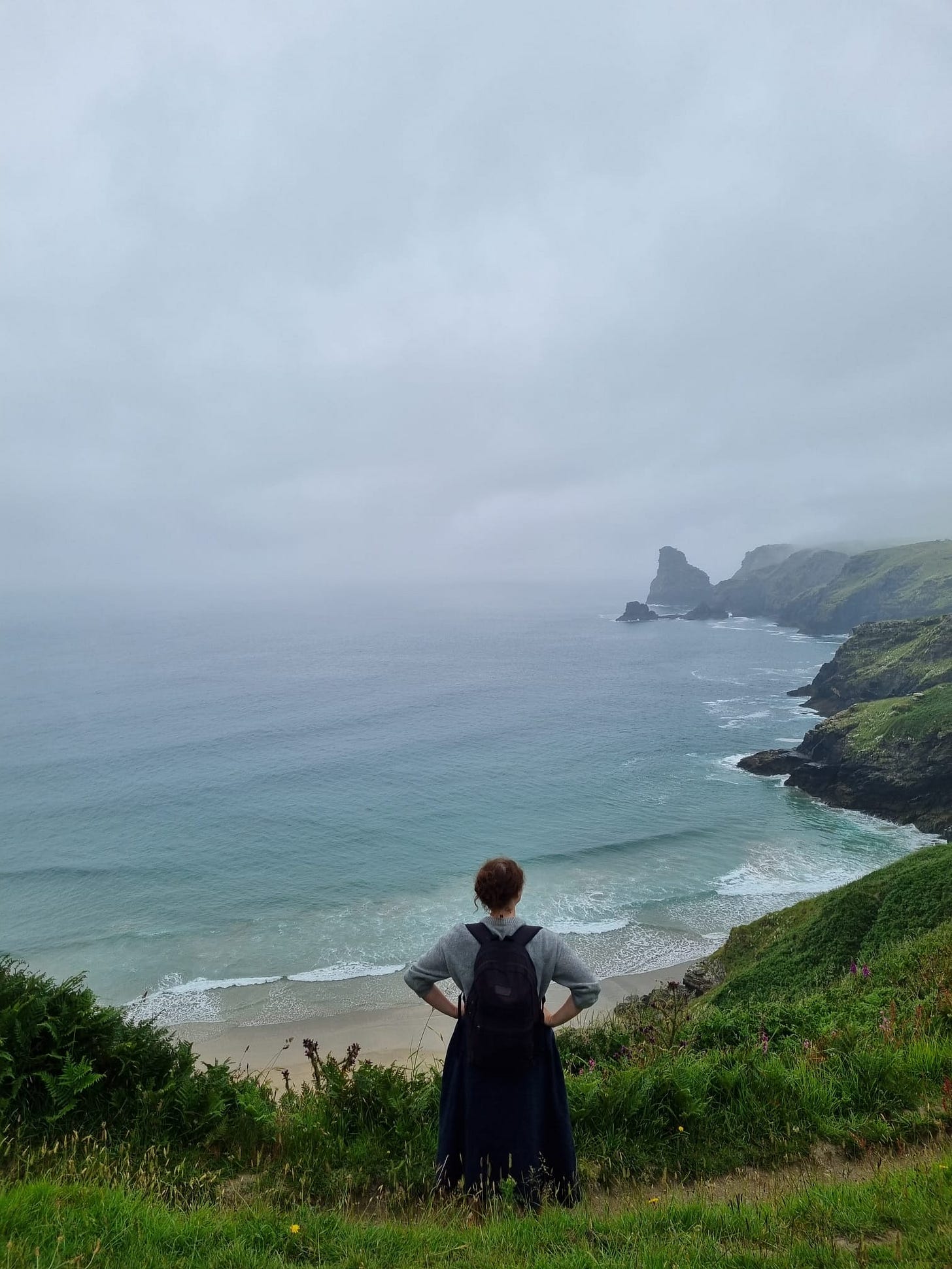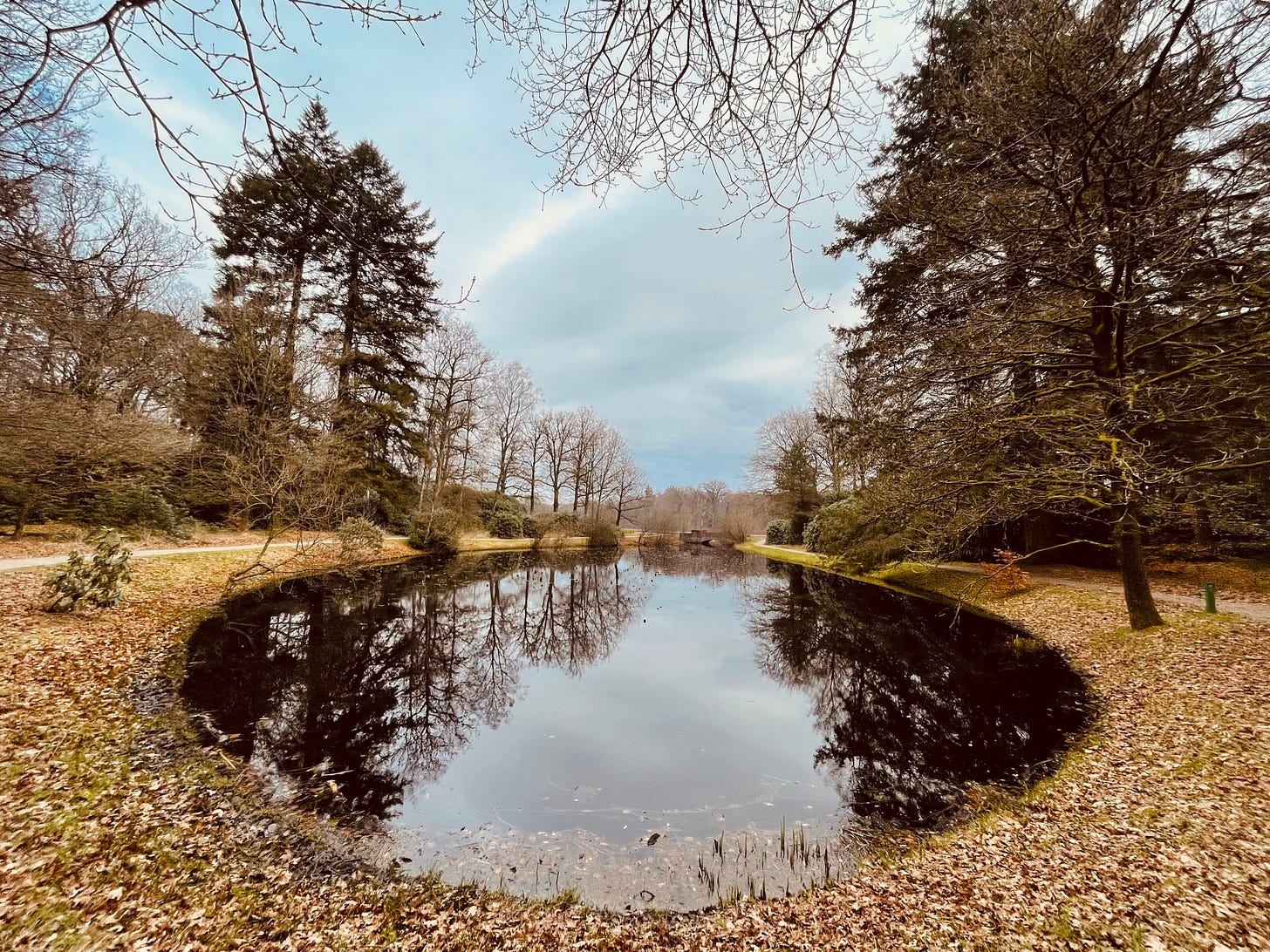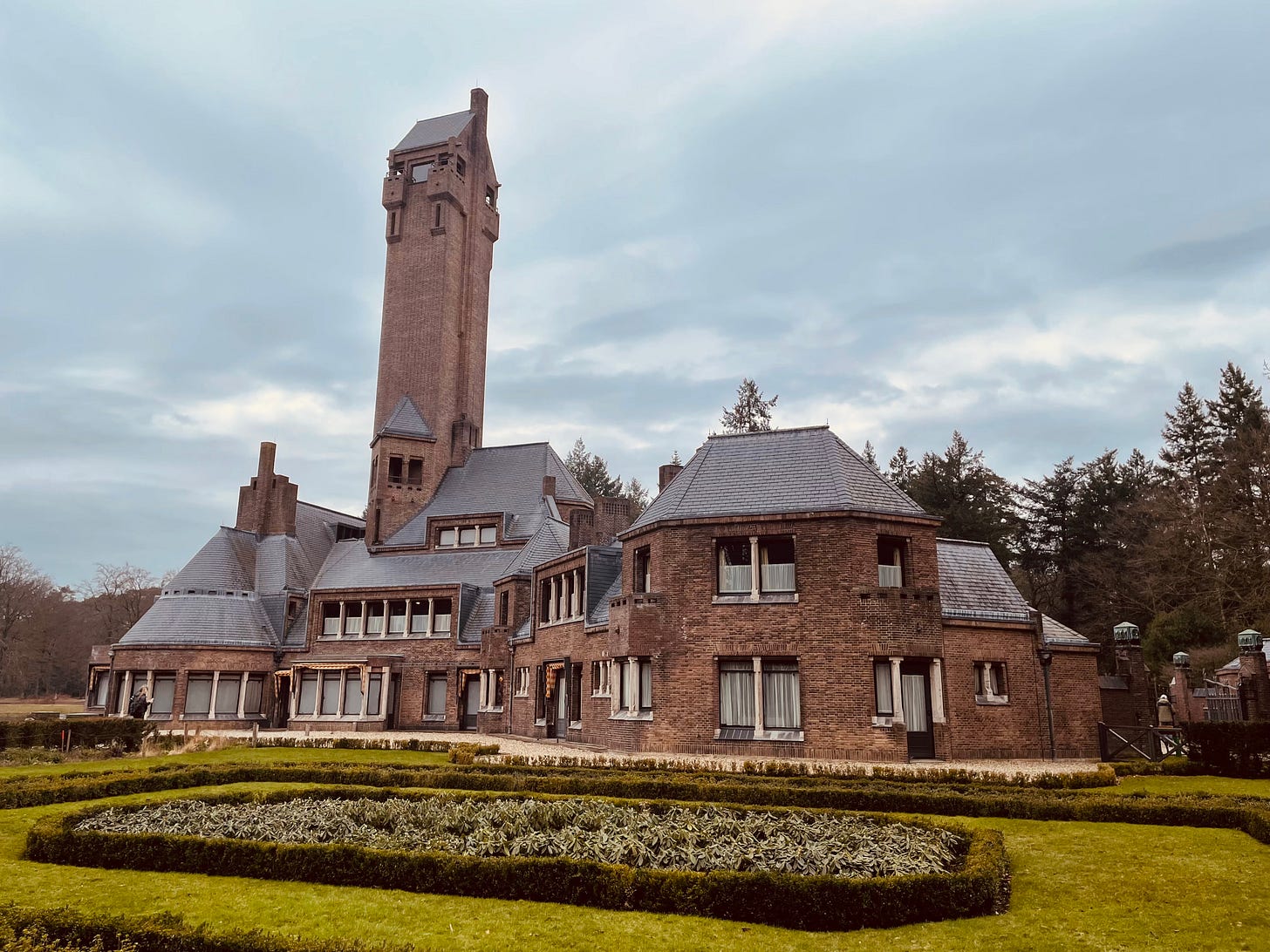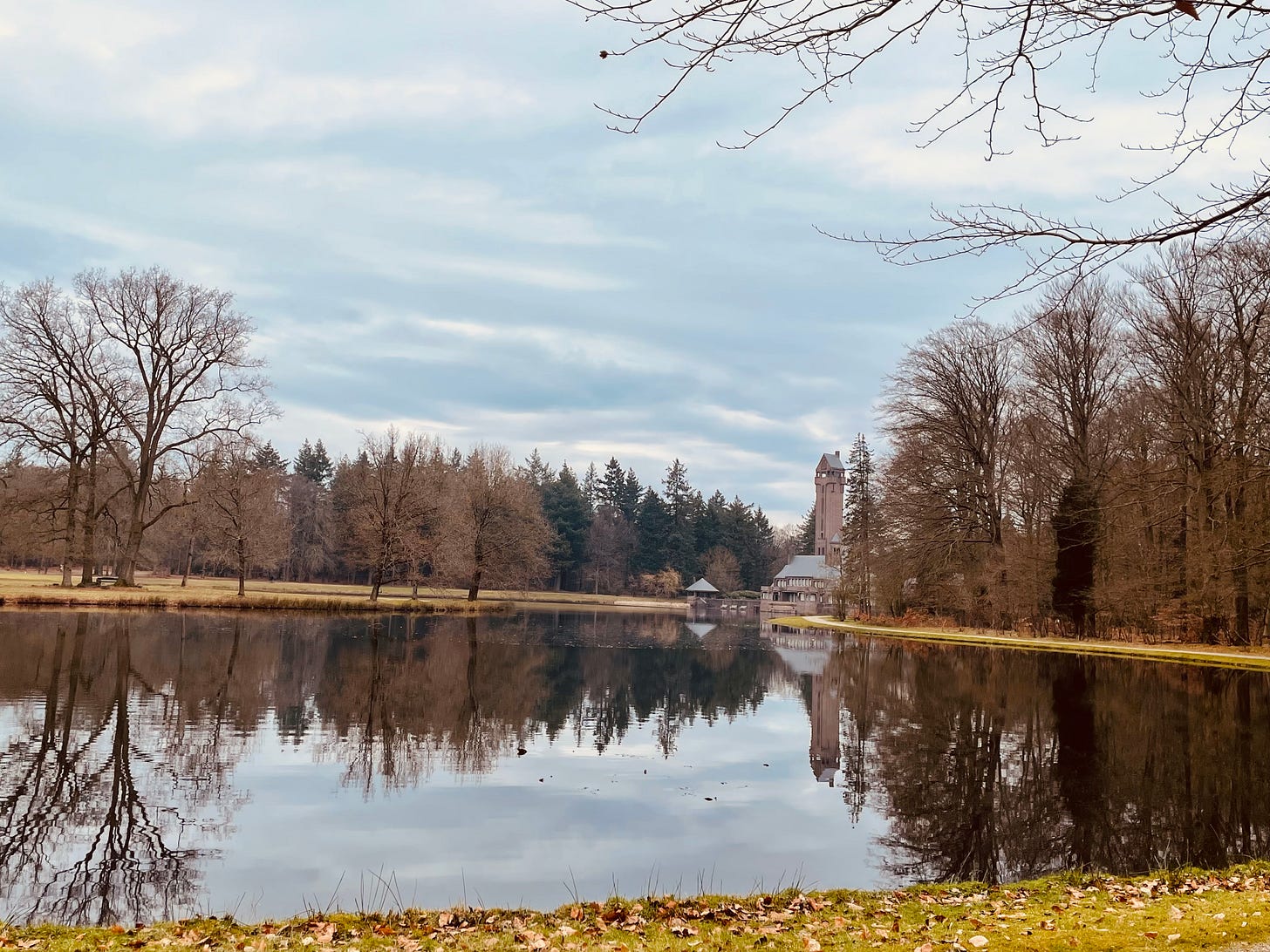Welcome to our collaboration feature here at Wild Quiet Folk!
Substack is an endless source of inspiration, a cacophony of unique voices that can lead a reader through the weird, wonderful and wild.
Here, I have collaborated with other creatives to bring you their meditations on place, story and wilderness - the heart of Wild Quiet Folk. This series is in an interview format, but offering creative prompts rather than questions - the freedom is with the contributor, to respond in whichever way they see fit, be that words, photos, drawings, anything that enlarges rather than restricts.
Our contributor this month is Jane Miles, who has been an endless source of writerly encouragement and support. Her offering is a little different to those that have come before. Rather than answering each prompt individually and briefly, she has taken us on a walk into the forest with her, encompassing many of the prompts within one larger piece. The point of this collaboration was never to strictly adhere to rules or guidelines, but to offer a jumping off point. I love what Jane has created, and I hope you will too.
I will include the prompts as a list at the start, so you can see where we started from.
Thank you for being here, and I very much hope you enjoy the below:
The last walk you went on, a celebration of season, the things in your pockets, a place that feels wild to you, a moment of care, a place that holds history - yours or others, a story you found in the land, a small thing you learnt recently.
On Sunday, we rode into the forest.
It was the kind of day driven by the weather rather than any chore or task, and on this day, the washed-out blue sky promised no rain. We sought to find a place to reconnect, to breathe in air not tainted by last night’s dinner, and to escape to something simpler. The nature reserve—the Nationale Park De Hoge Veluwe—was filled with oaks, cypresses and beechwood, the undergrowth slippery with damp mushrooms and moss. But the park was more than that, or so the signage proclaimed. It also hosted modern art sculptures, alongside hot chocolate and Van Gogh’s. After many hours spent indoors and months peering out of frosty windows, it was a relief to move.
The nature area, we learned from the onsite museum, was the subject of a story from the Middle-Ages, where a stag with a burning cross on its antlers confronted a nobleman. The stag asked the man to repent, and when the nobleman renounced all sin, the villagers swiftly appointed him bishop. It captured the mood of the forest. Possibility and magic lived within the hidden corners of the ancient trees. It infected us too. Conversations on mundane things, like mortgages and painting rooftops, were swapped for dreams, stories and the way things should be.
From the museum, we walked for five or six kilometres, taking the leaf-less path, all the way to a clearing. Or should I say, a place clear of trees. The distinction important because there was nothing natural about the black pools of thick water we found dotted across the expansive lawns.
My reflection was missing when I stood above one of the first small pools. I saw trees and wisps of clouds on the water's surface, but not me.
We should have sensed what lay ahead, shared what we both felt and cautioned each other to turn back, but we went ahead. Mistaking the clumps of poison ivy littering the forest edge, and the silence of the wilderness, as nothing but a simple quirk in time. A moment where nothing spoke, and all was well. What we could not have known, as we snaked our way along the path, was the calculation of such a phenomenon. Silence needed a master, and she—as we soon discovered—was the Jachthuis Sint Hubertus.
At the border of the old hunting lodge, we stopped to study her. Sharp-angled, protruding parts, and drawn curtains. From a rusted plaque, we learned how the house was an example of a damned-ed vision. What else could possess someone to come to near-virgin land, full of squirrels, and ducks, and elk, and wolves, and deem it as incomplete? They had, though. We read how the eccentric Kröller-Müller’s had found the forest obnoxious and ripped trees from the earth. How they'd fatted it with animals and dug lakes into peat, laden them with river stones and encouraged sulphur to seep forth. We read that a famous architect had built the house, including the dizzying symmetrical patterns etched inside and out. But that it had been Mrs. Kröller-Müller, an early twentieth century spiritualist, who chose the location of the house to align with unseen rules.
My personal theory, possibly born from spending too long with my stories, was that the architects “stag headed,” construction of the floor plan, was not a nod to the legend of the nobleman, but a way to explain why it looked uncannily like a goat. The real intention of the house, to make something holy, profane.
My proof? Well, how can one prove a feeling of dread? Or adequately explain why your hairline spikes? You can’t know. But you do.
We walked on, glancing behind us to meet the house’s gaze. Its contemplation of us lasting until we reached an etched milestone and passed by it. On the other side of the stone, a blackbird sung its song, and the midday sun burned through the damp. The marker, somehow bounding the fog of the house to a strict perimeter.
Soon we spotted greylag geese practicing their return to their far-flung homes. They weren’t bothered by my dark feeling, didn’t seek a connection with nature, nor did they make up stories of burning crosses, haunted houses, or cursed lawns. We needed the relief of nature, but instinctually, we knew it did not need us. Perhaps that was the danger we sensed?
This was not a place for us.
Jane R. Miles writes, walks and complains—usually, in that order. She lives in the Netherlands and is working on a dark psychological thriller based on a true story. You can find her on Instagram, and soon, her website.







